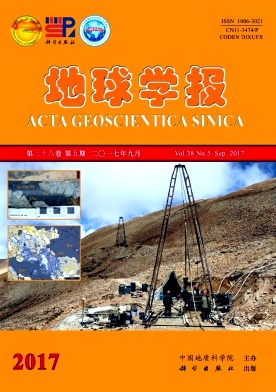GUO Na, HUANG Yi-ru, ZHENG Long, TANG Nan, FU Yuan, WANG Cheng. Alteration Zoning and Prospecting Model of Epithermal Deposit Revealed by Shortwave Infrared Technique: A Case Study of Tiegelongnan and Sinongduo Deposits[J]. Acta Geoscientica Sinica, 2017, (5): 767-778. doi: 10.3975/cagsb.2017.05.16
| Citation: |
GUO Na, HUANG Yi-ru, ZHENG Long, TANG Nan, FU Yuan, WANG Cheng. Alteration Zoning and Prospecting Model of Epithermal Deposit Revealed by Shortwave Infrared Technique: A Case Study of Tiegelongnan and Sinongduo Deposits[J]. Acta Geoscientica Sinica, 2017, (5): 767-778. doi: 10.3975/cagsb.2017.05.16
|
Alteration Zoning and Prospecting Model of Epithermal Deposit Revealed by Shortwave Infrared Technique: A Case Study of Tiegelongnan and Sinongduo Deposits
-
Abstract
With the Tiegelongnan (Rongna ore block) high sulfidation epithermal deposit and the Sinongduo low sulfidation epithermal deposit as the research objects and on the basis of the shortwave infrared technology, the authors determined alteration and mineral assemblages of the two deposits, and built a shortwave infrared prospecting model. It is found that the alteration minerals in the Tiegelongnan deposit (Rongna) exhibits vertical zoning of kaolinite→kaolinite+(dickite+alunite)→kaolinite+alunite+(dickite)→kaolinite+alunite+dickite. Owing to the metasomatism of hydrothermal on beresitization zone of porphyry, there is a small amount of remanent sericite on the top. Minerals in the Sinongduo deposit show the vertical zoning of muscovite+ (paragonite)→muscovite+paragonite+(illite)→muscovite+paragonite+illite→muscovite+paragonite+montmorillonite+illite. The muscovite at the top was produced by the alteration of the late biotite granite porphyry. It had nothing to do with mineralization. The orebody is mainly hosted in the illite+montmorillonite belt, and the orebody is gradually pinched out as the montmorillonite with illitization.
-

-
-
Access History







 DownLoad:
DownLoad: